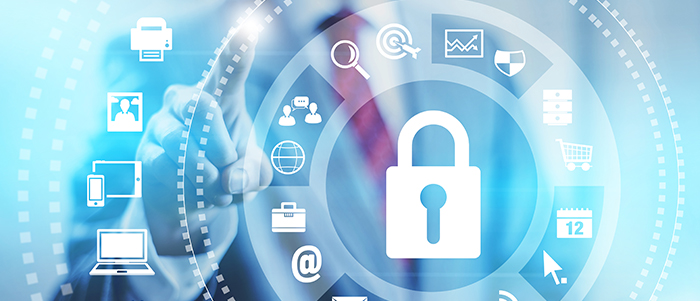
The coronavirus has utterly transformed the way millions of us work, and while the pandemic health emergency will dissipate at some point, it is likely that aspects of the ‘Work from Home Revolution’ are here to stay.
People will have adapted to remote working, learned to leverage the advantages and mitigate the risks. If this is allied with businesses experiencing no changes in productivity, and even experiencing cost savings from reduced office space, commuting downtime, more flexible hours and working, then a return to exactly the same working practices that were in place prior to pandemic could start to look less like a cause for celebration and more like foolishness.
So – will we have a new working normal on the other side of the coronavirus pandemic? And if so – what will it look like?






















